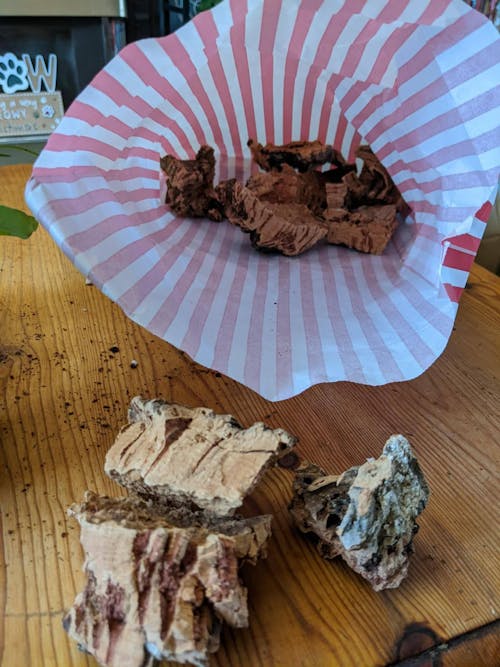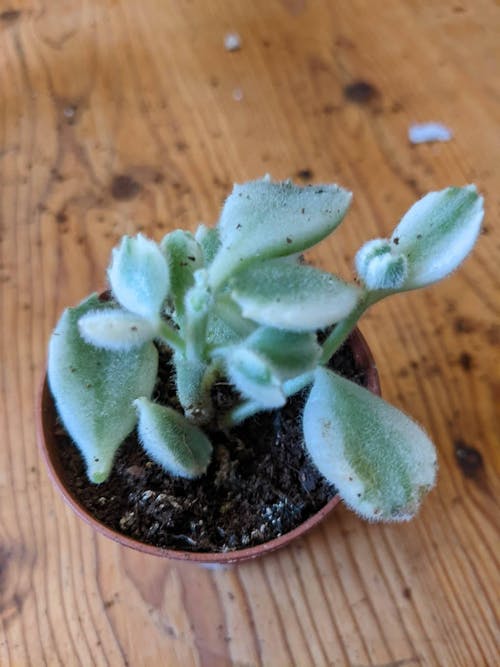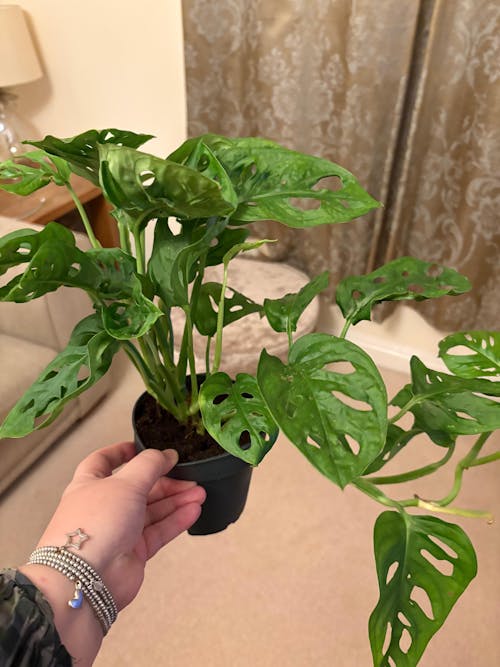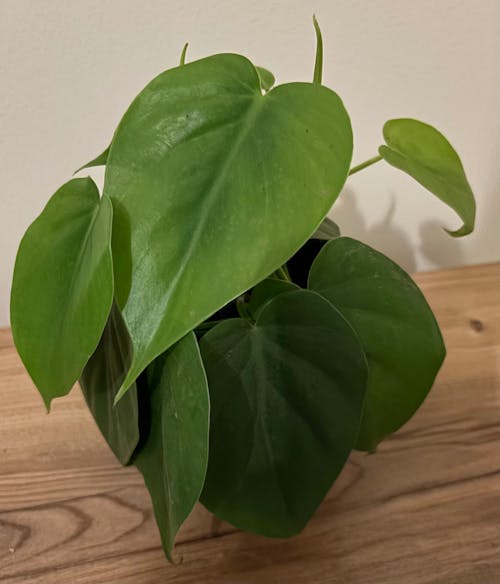Scientific Name
Hoya australis (Hoy's Southern Plant) 'Blondie'
Common Name
Wax Plant, Outer Variegated Wax Plant, Hoya Outer Variegated, Porcelain Flower, Waxvine, Honey Plant
Origin
Native to tropical rainforests in Australia
Description
The Hoya australis was discovered on the northeastern coast of Australia in the 1700s. Hoyas, or Wax Plants, like to vine and climb even as houseplants so make sure you have somewhere for them to climb on or dangle from! This variety stands out from other Hoyas thanks to its stunning colouring; the thick, waxy leaves are deep green in the centre and edged with creamy white variegation; new growth comes through tinged with pink. As with any variegation, this will need a little more light than other Hoyas to maintain its colour; the Hoya 'Blondie' will thrive especially with a splash of morning sun. Pick the right spot and take care not to over-water and this Hoya will reward you with vibrant, standout foliage- and if it's really happy and healthy, with clusters of white, star-shaped flowers with a scent like sweet vanilla and chocolate!
Light
Thrives in bright, indirect light, and will benefit from a splash of morning or evening sun. Make sure it gets 1-2 hours of direct sunlight in autumn and winter, throughout its dormant period. If you notice it starting to lose variegation, it may not be getting enough light.
Water
Allow the top third of the soil to dry out between waters, and reduce watering in winter and in dimmer spots. Make sure you don't leave any water sitting in the foliage (or flowers) as this can cause damage.
Humidity
Used to a rainforest environment, this plant likes it humid; introduce a humidity tray if possible, and hose down the leaves regularly to keep them free of dust. If the leaves start to brown and curl, this is a sign that the air is too dry.
Soil
Use an anthurium mix and repot every three years in spring as the plant grows. If it's flowering, keep it pot-bound a little longer to prevent it getting shocked by the move and losing flowers.
Food
Feed every four waters throughout the year. To tailor your feeding even more, look for a Nitrogen-heavy fertiliser when the foliage needs to develop more, and to encourage flowers once it's mature look for one with higher Potassium (K) content, like tomato feed.
Temperature
Ideal temperature is between 18-24°C; make sure it does not get colder than 15°C in winter.
Pet-safe
Yes, but too much nibbling won't be good for pets, small humans or the plant!
Sprouts Top Tips
While this plant likes it humid, it does not like soggy soil- make sure not to over-water it. Keep an eye out for yellowing leaves, especially those closer to the soil, to spot this early and reduce the frequency of your waters before the roots are damaged.



























